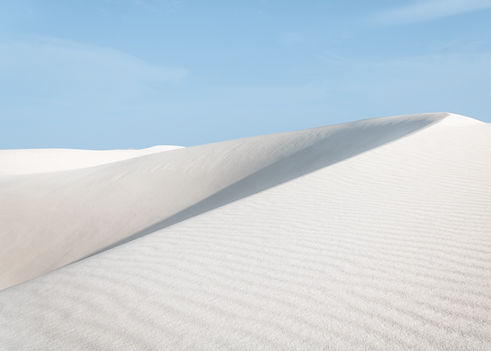
A NATIONAL STRATEGY
FOR RESOURCE MANAGEMENT
In 2022, Mauritania adopted a national action plan for small pelagics (PAP-PP) under the authority of the Ministry of Fisheries, Maritime Infrastructure, and Ports (MPIMP), with guidance from IMROP (Mauritanian Institute for Oceanographic and Fisheries Research). This plan establishes a clear framework for allocating fishing effort across artisanal, coastal, and industrial sectors, and also strengthens controls over landings, traceability, and the destination of catches - measures that influence how the fish is processed and exported.
These regulatory developments mark a turning point toward more structured management, in line with what many sector stakeholders have identified as necessary for clearer governance and a more coordinated approach to managing a shared resource.
A REGULATORY FRAMEWORK PRIORITIZING HUMAN CONSUMPTION
Since 2018, regulations have been in place in Mauritania to prioritize the human consumption market. This market, supported by investments in refrigerated storage and processing infrastcuture, is developing notably though the export of frozen products no neighboring countries (Senegal, Nigeria, Ghana) and the growing regional demand for canned and processed products.
-
All factories must have a freezing unit in order to produced fishmeal and fish oil - Ministerial Decree No. 643, 30/06/2021, Article 3. This has helped strengthen fish storage capacity for human consumption.
-
ONISPA verified all landings to ensure that only fish unfit for human consumption can be used for fishmeal production – Ministerial Decree No. 643, 30/06/2021, Article 3.
-
In addition to these regulations, SNDP (Société Nationale de Distribution de Poisson) was created in Mauritania to distribute fish free of charge to the most vulnerable populations. This company is supplied by fishing vessels, which are required to contribute 2% of their catch.
All legal texts can be found on the official website of the Ministry of Fisheries and Maritime Economy: Ministère des Pêches et de l'Économie Maritime- وزارة الصيد والاقتصاد البحري (peches.gov.mr)


QUOTA MANAGEMENT
IN SMALL PELAGICS FISHERIES
Quotas for small pelagics and zoning rules are also in place to prevent overfishing and to allocate fishing areas between artisanal and industrial fishing. The goal is to allow smaller artisanal vessels to fish without excessive competition, while keeping larger vessels away from coastal stocks and spawing areas.
Small pelagic fishing vessels are only authorized to catch a specific quantity, which is verified by the coast guard upon landing. The contents of the catches and the destination of the products (for consumption, freezing, or fishmeal) are also checked.
CONTROLS: HOW ARE THEY CARRIED OUT?
Here are the steps and controls carried out by the authorities for small pelagics in Mauritania (Ministerial Decree No. 643, 26/05/2021, Article 5):
-
Fishing licence requirement: vessels must have a fishing license specifying the species, fishing zone, technical characteristics of the vessel, and the mesh size of the fishing net before being authorized to fish.
-
Mandatory crew list: a "CREW LIST" must be on board, listing each crew member’s name, date of birth, maritime ID number, and role on the vessel. This list must be signed by the regional maritime authority after verifying specific vessel documents : maritime ID number, type of fishing license, and crew employment contracts. Without this signed document, the vessel is not authorized to fish.
-
Technical inspection: after obtaining a licence, vessels undergo a technical inspection by agencies accredited by the MPEM to verify that the licence matches the vessel’s specifications.
-
Position tracking device: each vessel is equipped with a position tracking beacon that displays in real-time on coast guard control screens. Any failure to transmit a signal is considered a serious violation and is subject to fines.
-
Port authorization: essels must obtain authorization to land at the port of Nouadhibou.
-
Catch verification at port: during offloading, coast guards verifiy the compliance of the catches, including vessel documentation, the “fishing note” listing fish species, fishing zones, and quota adherence. ONISPA (National Office for Sanitary Inspection of Fisheries and Aquaculture Products) control: determines the destination of the catch based on fish quality: human consumption, freezing units, or fishmeal factories. Fish unfit for human consumption can be sent to fishmeal factories with an official ONISPA document.
-
IMROP sampling: IMROP investigators are present at offloading sites to collect biological samples and datafor scientific purposes
-
Factory inspections: IMROP also runs an inspection program to visit fishmeal factories and assess the speacies composition entering freezing and fishmeal units.
The results of these various observational surveys are shared annually on the IMROP website: https://www.imrop.mr/type_document/rapports/

